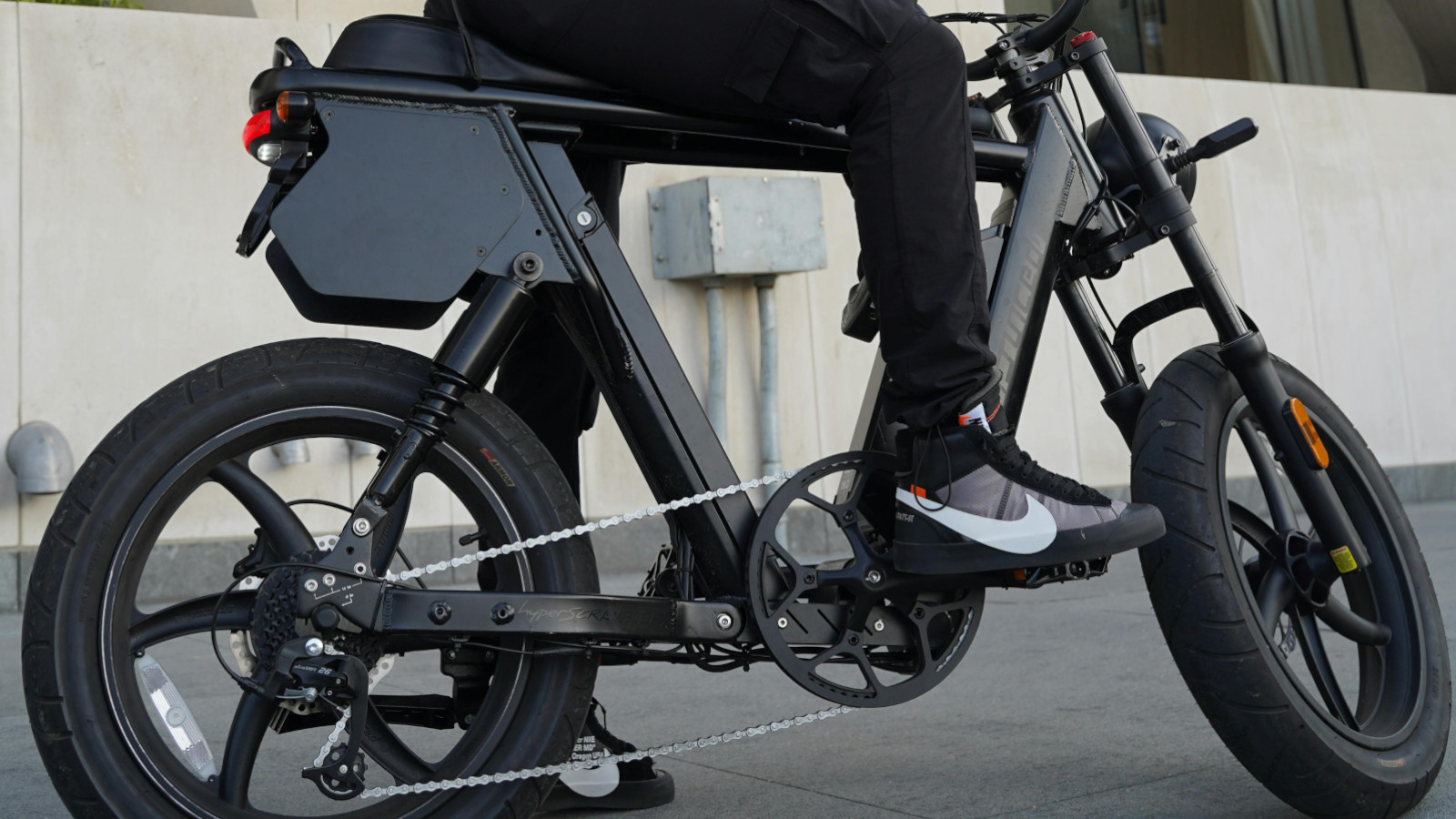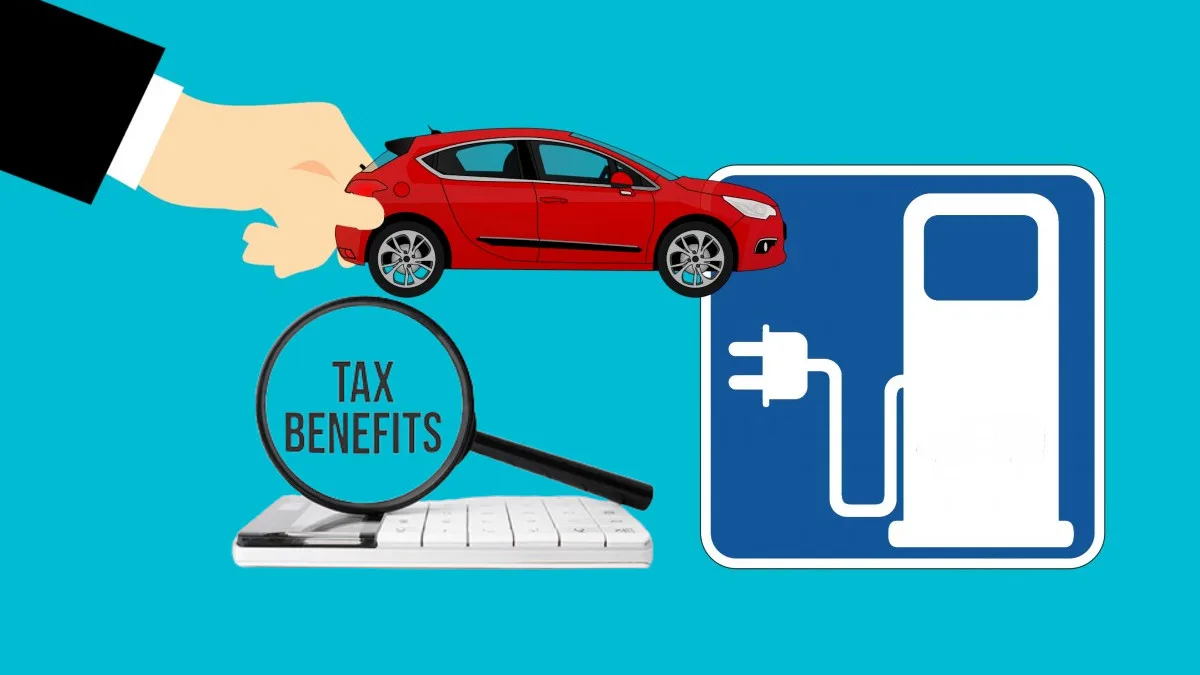
Camping in the summer is an exhilarating experience, filled with the joys of the great outdoors and the freedom of the open road. But there’s one aspect of summer camping that can quickly put a damper on your adventure: foggy windshields. As any seasoned camper or RV enthusiast knows, moisture can accumulate inside your vehicle due to temperature and humidity differences between the interior and exterior environments. Condensation often forms on the windshield, obstructing your view and posing a safety hazard. In this comprehensive guide, we will explore the reasons behind windshield fogging in the summer and provide you with effective strategies to keep your view crystal clear, ensuring a safe and enjoyable journey.
Why is My Windshield Fogging Up in the Summer?
Before delving into the solutions, let’s first understand why your windshield may fog up during those hot summer nights.
Temperature Variances: Temperature differences between the inside and outside of your vehicle can lead to condensation. On a cold day, moisture inside the car can condense on the glass when the temperature reaches the dew point.
High Humidity: High humidity levels can exacerbate the problem, as moist air inside the vehicle interacts with the cooler windshield, causing condensation.
Ventilation Settings: Incorrect ventilation settings can also contribute to foggy windshields. Using the recirculation setting on your vehicle’s HVAC system, especially without the air conditioning, can trap moisture inside the car, leading to condensation.
Sleeping in Your Vehicle: If you’ve ever spent a night in your car or RV, you’ve likely experienced the windows fogging up by morning. This occurs because our breath contains moisture, and when we sleep in an enclosed space, it adds humidity to the air inside the vehicle.
Wet Items: Wet items like beach towels, laundry, or umbrellas stored inside your car, especially with the windows up, can introduce moisture, leading to windshield fogging.
Air Conditioning Usage: While air conditioning can provide relief from the heat, it can also create condensation on the outside of your windshield under certain conditions.
Leaving Windows Open: On hot and humid days, leaving your car windows open as the evening air cools can result in condensation forming on the inside of the windshield.
Rainy Days: Warm and rainy days can cause both internal and external fogging, depending on temperature fluctuations and humidity levels.
Cold Air vs. Warm Air: Cold air holds less moisture than warm air. So, when your air-conditioned car interior meets the warm and humid outdoor air, it can lead to fogging.
How to Defog Your Windshield in the Summer
Now that we understand the reasons behind summer windshield fogging, let’s explore practical strategies to prevent and address this issue effectively.
1. Use Heat and A/C Simultaneously:
To quickly eliminate fog on both the inside and outside of your windshield, try this quick trick. Turn on both the air conditioning and heat, setting them to full power with the heat at the highest setting. The heat helps evaporate condensation, while the air conditioner dehumidifies the air inside the vehicle, bringing the windshield to the same temperature as the outside air. This balance dissipates fog rapidly, ensuring clear visibility as you hit the road.
2. Use the Fresh Air Setting:
When your windshield begins to fog up on hot and humid summer days, check your air circulation setting. Opt for the fresh air setting, indicated by an image of a car with an arrow pointing to it. This setting brings in fresh air from outside, reducing window fogging even when the air conditioning is running. It’s a simple but effective way to maintain clear visibility.
3. Reduce Moisture Sources:
Summer adventures often involve wet items like beach towels, laundry, and hot drinks that increase humidity inside your RV or car. If you’re camping in an RV, remember to use the ventilation fan while showering or washing dishes, and be cautious when boiling water on the stove, as it adds moisture to the air. Minimizing these moisture sources can significantly reduce the chances of windshield fogging.
4. Open the Windows:
Balancing the temperature difference between the inside and outside of your vehicle is crucial in preventing fogging. Opening your car windows can help achieve this equilibrium by allowing moist air to escape. It also aids in normalizing the temperature, reducing the likelihood of condensation forming on the glass.
5. Use Rain-X:
Consider applying Rain-X, a well-known hydrophobic coating, to your windshield to prevent fog formation. Rain-X causes water to bead and roll away, enhancing visibility even in humid conditions. It’s a proven solution to keep your windshield clear, especially during summer rain showers.
6. Apply Shaving Foam:
An alternative to Rain-X is using shaving foam to create a protective film on your windshield. Here’s how to do it:
- Spray a golf-ball-sized amount of foam into your hand.
- Lather your windshield with the foam, allowing it to sit for about two minutes.
- Use a clean, dry cloth to remove the foam, leaving you with a fog-free windshield. The foam makes your windows slippery, causing moisture to roll off the glass.
For best results, opt for shaving foam without fragrance, menthol, or extra additives, preferably from cheaper brands. Cleaning your windshield on a cloudy day can prevent the foam from drying too quickly.
Discover more from Wheels Craze - Automotive News, EV News, Car News, Bike News
Subscribe to get the latest posts to your email.




